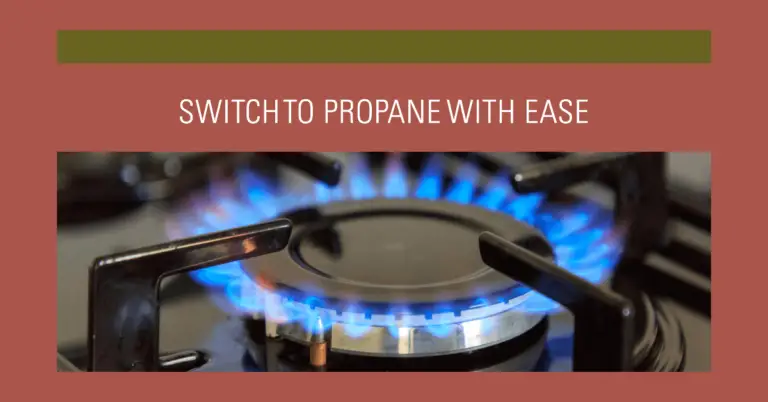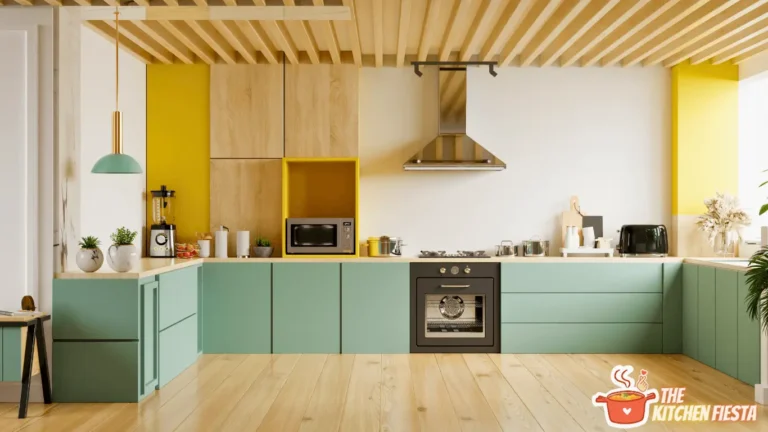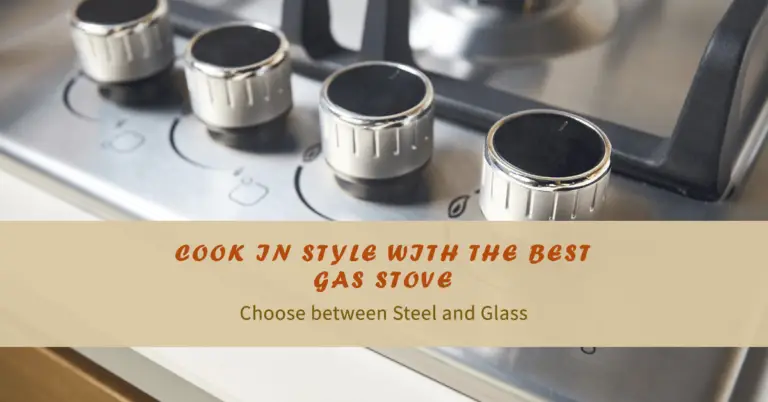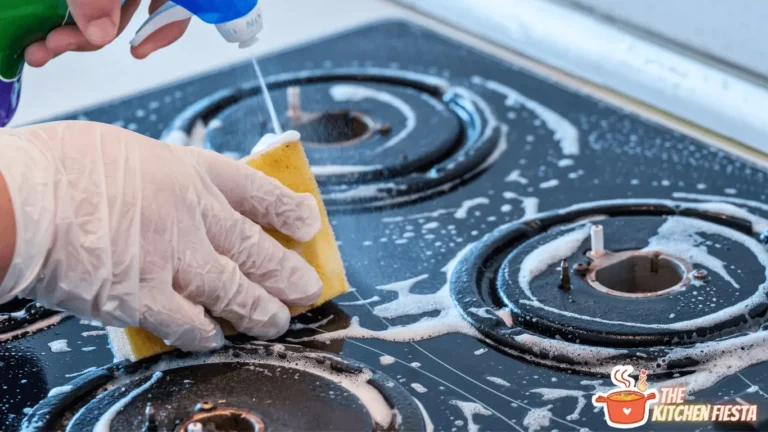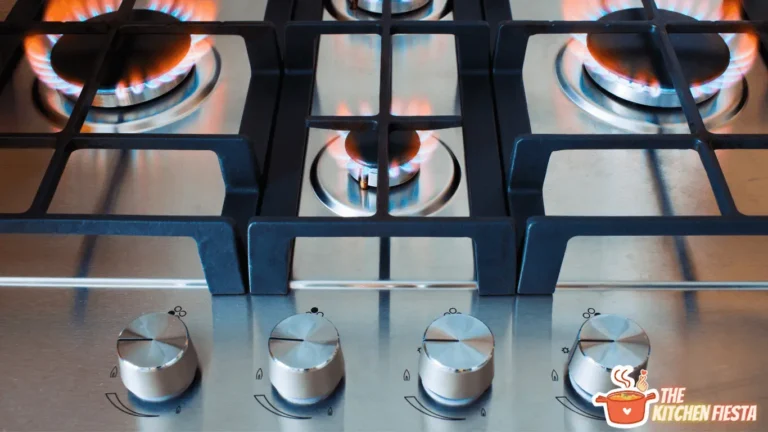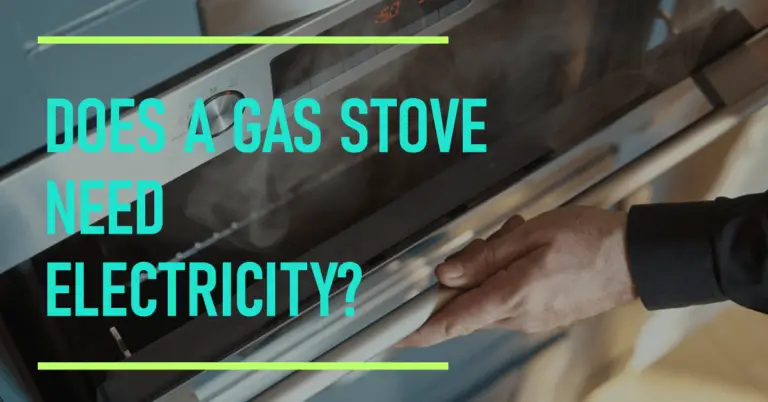How Hot Do Stove Tops Get? A Comprehensive Guide?
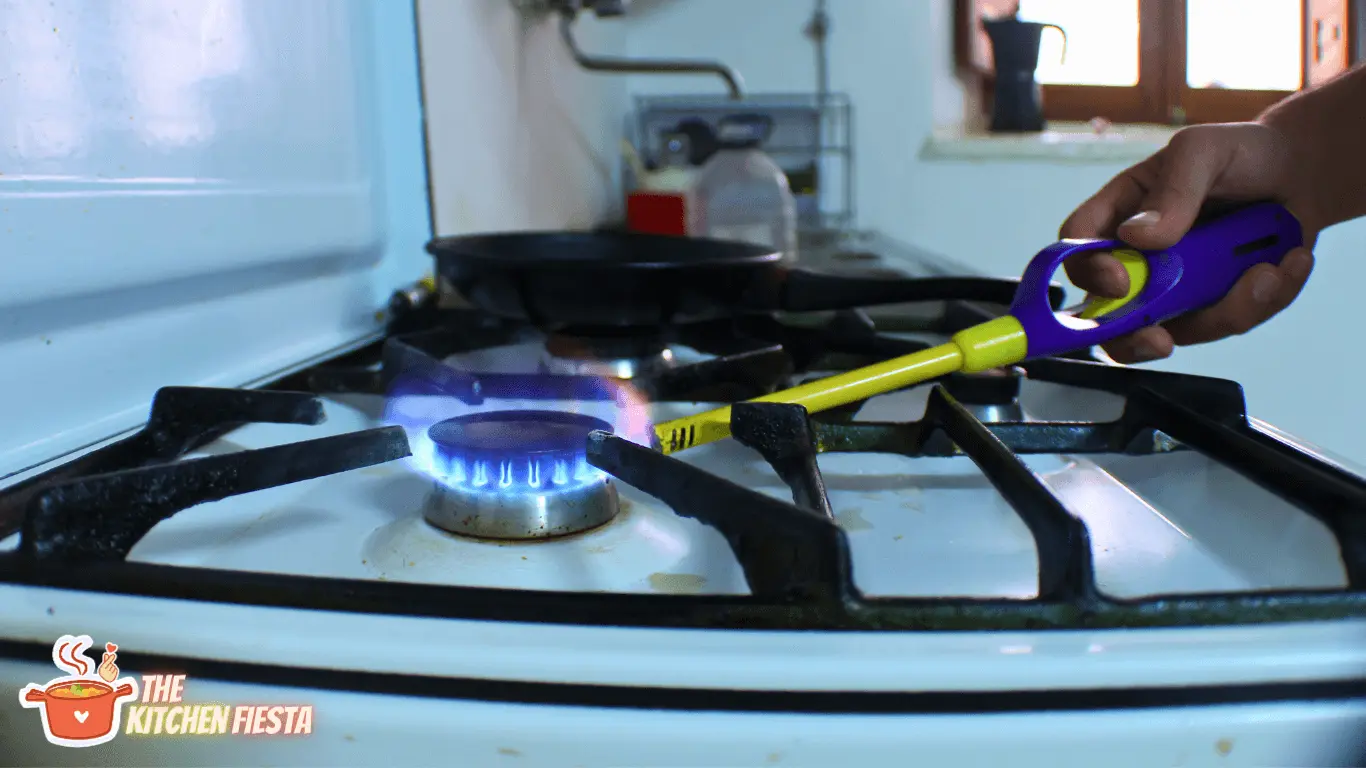
Stovetops have been a staple in kitchens for decades, and their importance cannot be overstated. They are used to cook various foods, from simple scrambled eggs to elaborate gourmet meals. However, one question that many people often ask is, “How hot do stove tops get?” The answer may surprise you.
Stovetops can get extremely hot, depending on the type of stove and the heat setting used. For example, gas flames from natural gas can reach temperatures of about 3542°F (1950°C). Electric stovetops, on the other hand, can get as hot as 932°F to 1112°F (500°C to 600°C) when a small coil is on the highest setting. Induction systems, on average, reach a temperature of 662°F (350°C). Knowing the temperature of your stovetop is essential for cooking different types of food correctly.
This article will explore how hot stovetops can get and what factors affect their temperature. We will also provide a guide to help you understand the ideal temperature settings for different types of food. Whether you’re a novice or a seasoned chef, understanding how hot your stove top can get is crucial for creating delicious meals.
Understanding Stove Tops
Stove tops are a common appliance found in most households. They provide a convenient cooking surface for preparing meals without an oven. However, understanding how hot they can get is essential for safe and efficient cooking.
Stove tops can be powered by gas, electric, or induction systems. The temperature range of each type can vary significantly. Gas stovetops are known for their high heat output. In contrast, electric and induction stovetops generally heat up slower but can maintain a more consistent temperature.
The temperature of a stovetop is typically measured in Fahrenheit or Celsius. The maximum temperature of a stovetop can vary, but most models can reach temperatures between 500-600°F (260-315°C). However, gas stovetops can sometimes exceed 3,500°F (1927°C).
It’s important to note that the temperature setting on a stovetop does not always accurately represent the actual temperature. The temperature can vary depending on the size of the pot or pan, the material it’s made of, and the amount of food being cooked.
To ensure safe and efficient cooking, it’s essential to understand the temperature range of your stovetop and adjust the heat accordingly. Using a thermometer to measure the food’s temperature can also help ensure that it’s cooked to the desired temperature.
Types of Stove Tops
When it comes to cooking, the stovetop is an essential kitchen component. Three central stove top types are electric, gas, and induction. Each type has its unique features, advantages, and disadvantages.
1. Electric Stove Tops
Electric stove tops are the most common type of stove tops found in households. They are easy to use and maintain and come in various styles and sizes—electric stove tops work by heating up a coil or element under the surface of the stovetop. The heat is then transferred to the cookware placed on the stove.
One of the advantages of electric stove tops is that they are relatively inexpensive to purchase and install. They are also easy to clean and maintain. However, they can take longer to heat up and cool down than gas stove tops. Additionally, they may not provide as much control over the temperature, making it challenging to cook certain dishes.
2. Gas Stove Tops
Gas stove tops are another popular option for cooking. They use a flame to heat up the cookware, which provides more control over the temperature. Gas stove tops are also known for their quick heating and cooling times, making them ideal for cooking dishes requiring precise temperature control.
One of the disadvantages of gas stove tops is that they can be more expensive to purchase and install than electric ones. They also require a gas line, which may not be available in all homes. They can also be more challenging to clean and maintain than electric stovetops.
3. Induction Stove Tops
Induction stove tops are newer ones that use electromagnetic energy to heat up the cookware. They are known for their quick heating and cooling times, as well as their precise temperature control. Induction stove tops are also very energy efficient, as they only heat up the cookware, not the surrounding air.
One of the disadvantages of induction stove tops is that they can be more expensive to purchase than electric and gas stovetops. They also require specific cookware that is compatible with induction cooking. Additionally, they may not be as easy for those unfamiliar with this type of stovetop.
Temperature Range of Stove Tops
Stove tops are standard for cooking dishes, boiling water, and heat preservation in many households. Understanding the temperature range of stove tops is essential for achieving the desired cooking results.
1. Low Heat
Low heat on a stovetop typically ranges from 200°F to 300°F (93°C to 149°C). This temperature range is ideal for simmering, warming, and melting delicate ingredients like butter, chocolate, and cheese. It is also suitable for cooking eggs, pancakes, and soft foods that require gentle heat.
2. Medium Heat
Medium heat on a stovetop typically ranges from 300°F to 400°F (149°C to 204°C). This temperature range suits sautéing, frying, and searing ingredients like vegetables, meats, and fish. It is also suitable for cooking rice, pasta, and other grains that require moderate heat.
3. High Heat
High heat on a stovetop typically ranges from 400°F to 500°F (204°C to 260°C) or higher. This temperature range is ideal for boiling, grilling, and broiling ingredients like water, steaks, and chicken. It is also suitable for cooking stir-fries, roasted vegetables, and other dishes that require intense heat.
Factors Affecting Stove Top Temperatures
1. Type of Cookware
The type of cookware used on a stovetop can significantly impact the temperature it can reach. For instance, cast iron cookware retains heat better than other materials, meaning it can get hotter and stay hot for extended periods. On the other hand, copper cookware heats up quickly. It distributes heat evenly, making it a good choice for cooking dishes that require precise temperature control.
Another factor to consider when choosing cookware is its size. Oversized pots and pans can block heat flow from the stovetop, leading to uneven cooking and potentially dangerous situations. It is also important to use cookware appropriate for the stovetop type, as some materials can scratch or damage certain surfaces.
2. Room Temperature
The temperature of the room in which the stovetop is located can also affect its performance. Stove tops tend to work more efficiently in cooler environments, as they do not have to work as hard to maintain a consistent temperature. Conversely, stove tops may take longer to heat up in warmer climates. They may need help maintaining a constant temperature, mainly if used for extended periods.
3. Altitude
Altitude can also play a role in stove-top temperatures, as the air pressure at higher elevations is lower than at sea level. This can cause water to boil at lower temperatures, affecting the cooking times of certain dishes. Additionally, stove tops may take longer to heat up at higher altitudes, as the lower air pressure can affect the flow of gas or electricity to the burners.
When using a stovetop, it is essential to consider various factors that can affect its performance. By choosing the right cookware, maintaining a comfortable room temperature, and accounting for altitude, cooks can ensure that their stove tops work efficiently and effectively.
Safety Measures When Using Stove Tops
When using stove tops, it is essential to follow safety measures to prevent accidents and injuries. Here are some tips to ensure the safe usage of stove tops:
- Always use the back burners first, keeping hot pots and pans further from the edge of the stovetop.
- Use pots and pans that are appropriate for the size of the burner. Avoid using pots and pans that are too small or too big for the burner, as this can cause uneven heating and spills or burns.
- Turn all pot and pan handles inwards to prevent them from being knocked over or grabbed accidentally.
- Wear non-slip footwear and tie back long hair to avoid accidents.
- Use protective hot mitts when moving pots and pans to prevent burns.
- Take extra care not to splash hot oil when cooking, using a splatter guard if necessary.
- Never leave a burner on without a filled pot or pan on it, and never leave an empty pan on a hot burner.
By following these safety measures, one can prevent accidents and ensure the safe usage of stovetops.
Conclusion
In conclusion, the maximum temperature of a stovetop varies depending on the type and wattage of the stove. Electric stovetops can reach up to 300°C (572°F), gas stovetops up to 600°C (1112°F), induction stovetops average at 662°F (350°C), and glass stovetops typically range from 500 to 550°F. Choosing the appropriate heat setting is crucial for successful cooking; low heat for simmering, medium heat for sautéing and frying, and high heat for boiling water or searing meat. Mastering the right heat levels ensures perfectly cooked meals without scorching or undercooking.
Ultimately, knowing the stove top’s maximum temperature and cooking effectively empowers chefs to create delicious and well-prepared dishes confidently.
Frequently Asked Questions
What is the maximum temperature that a gas stove top can reach?
Gas stove tops can reach temperatures of up to 3542°F (1950°C) due to the gas flame used to heat them. However, most gas stove tops have a range of temperature settings that allow for more controlled cooking.
What is the highest temperature setting on an electric stove top?
When a small coil on an electric stove is on the highest setting, it can get as hot as 932°F to 1112°F (500°C to 600°C). On the highest setting, a large coil can reach 1472°F (800°C). However, the highest temperature setting on an electric stove top may vary depending on the make and model.
What are the average temperature ranges for low, medium, and high settings on a stovetop?
Low heat ranges from 200 to 300 degrees Fahrenheit and is suitable for simmering. Medium heat, between 300 and 400 degrees Fahrenheit, is best for sautéing and frying. High heat, over 400 degrees Fahrenheit, is perfect for boiling water or searing meat. However, the temperature ranges for low, medium, and high settings may vary depending on the make and model of the stovetop.
How does the temperature range of induction cooking compare to gas and electric stove tops?
The average temperature range for induction cooking is 662°F (350°C), which is lower than the temperature range of gas and electric stovetops. However, induction cooking is more efficient and precise, as it heats the cookware directly instead of the air around it.
What is the temperature range for a glass stove top?
According to most glass top range manufacturers’ specifications, the temperature limit switch on an element will open at about 210 to 300 degrees Fahrenheit. This is not necessarily the temperature that will be applied to the bottom of the cookware on the stovetop.
How do I read and use a stovetop temperature chart?
A stove-top temperature chart reveals the ideal temperature settings for cooking different types of food. If you have numbers on your dial, temperatures like medium or low will correspond to how high the number is. If it’s a medium temperature, then it’s the middle number. If it’s a low temperature, it’s the lowest number, and if it’s a high temperature, it’s the highest number.

